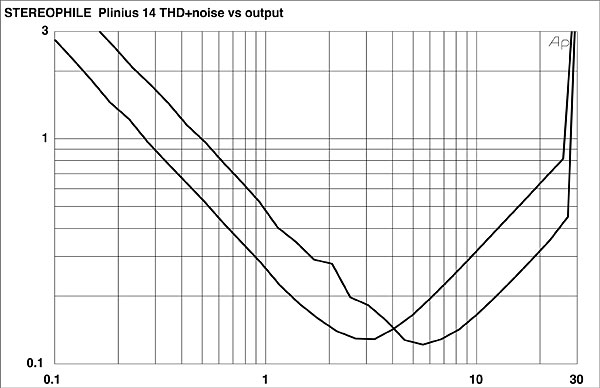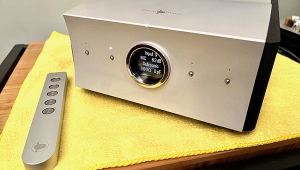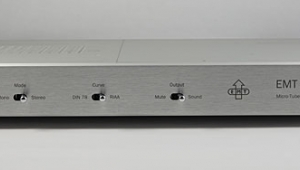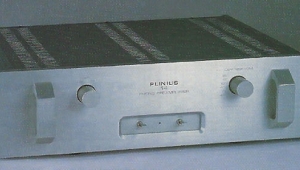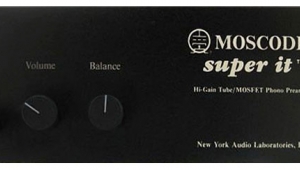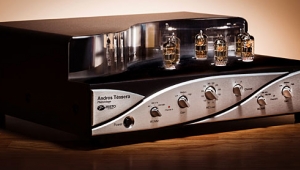| Columns Retired Columns & Blogs |
Easy to agree !
A fall in demand for phono will trigger a Glut on/in the market suggesting that many will not be sold. ( according to Cambridge Dictionary )
Well Said, Mr.MF phono marketer.
The 10cent word would be surfeit.
Tony in Venice



